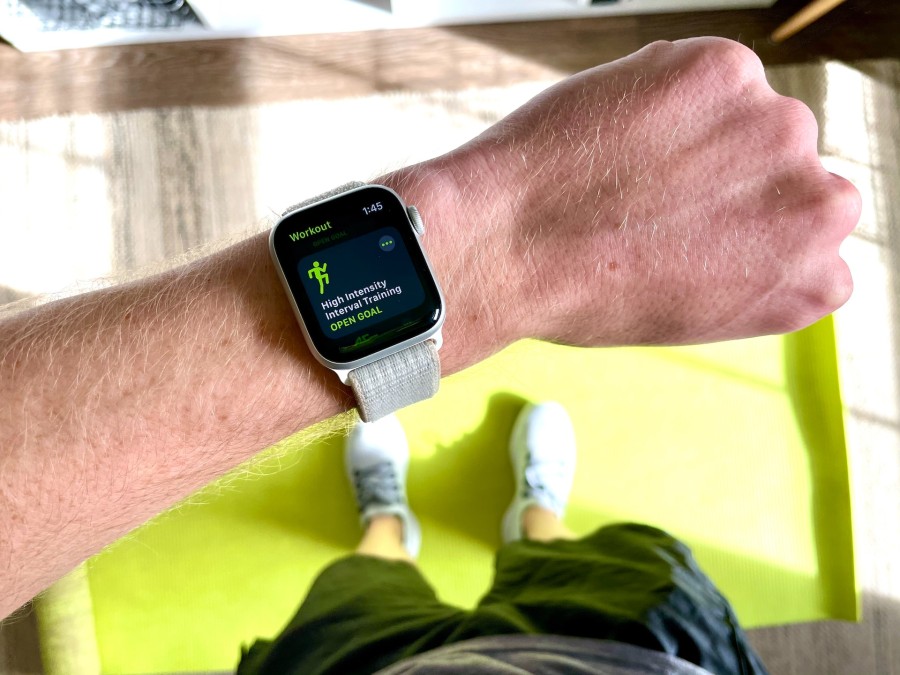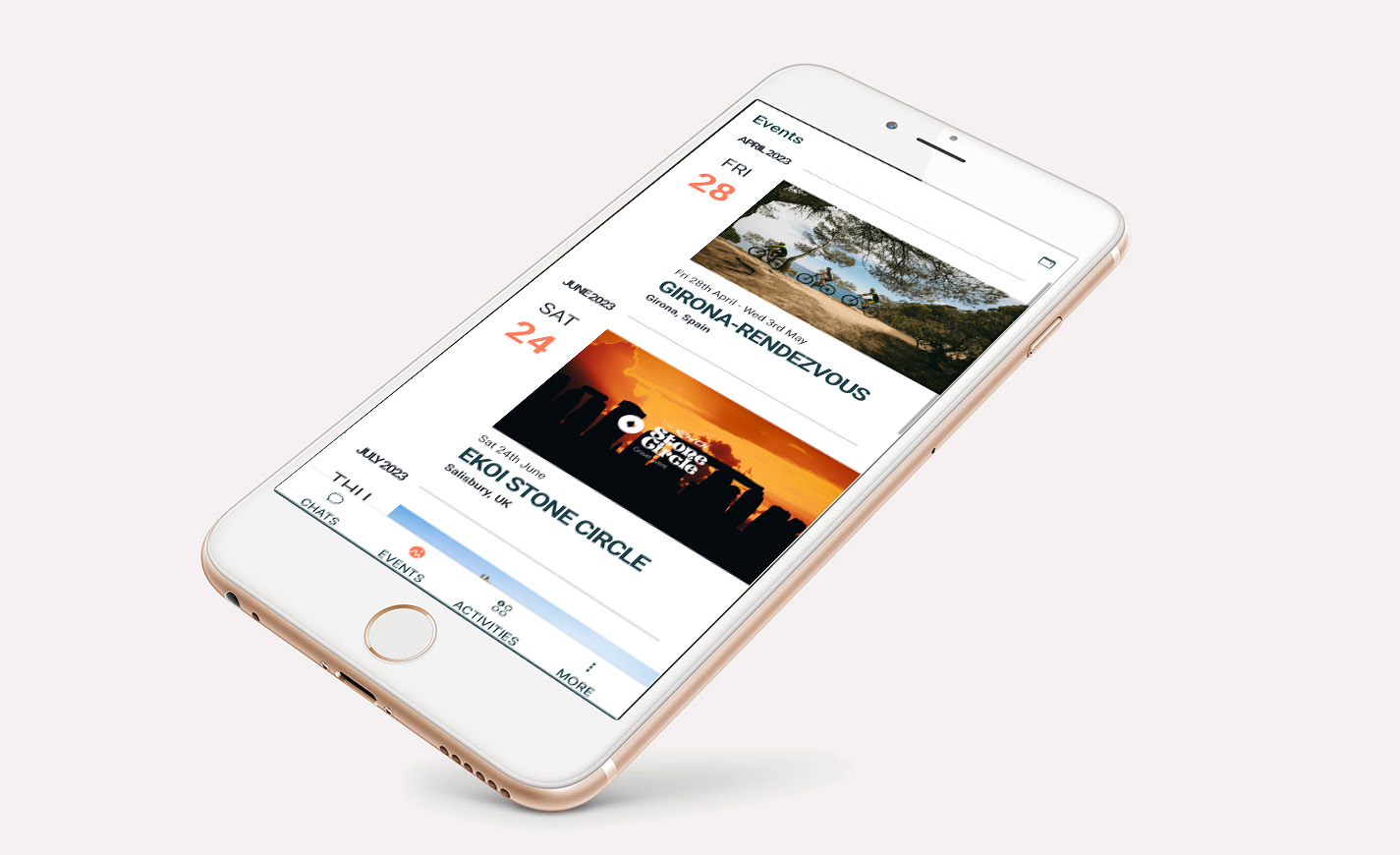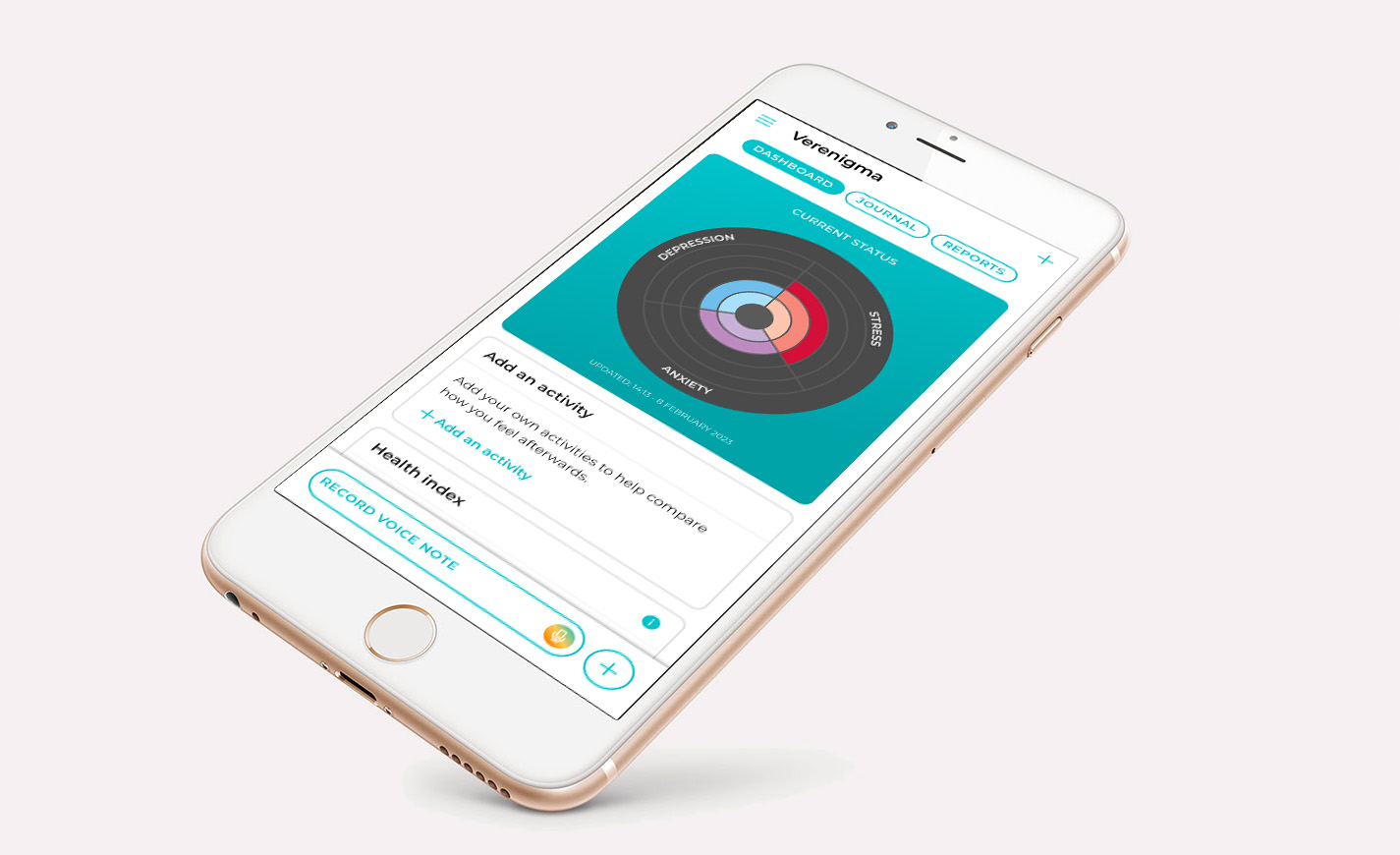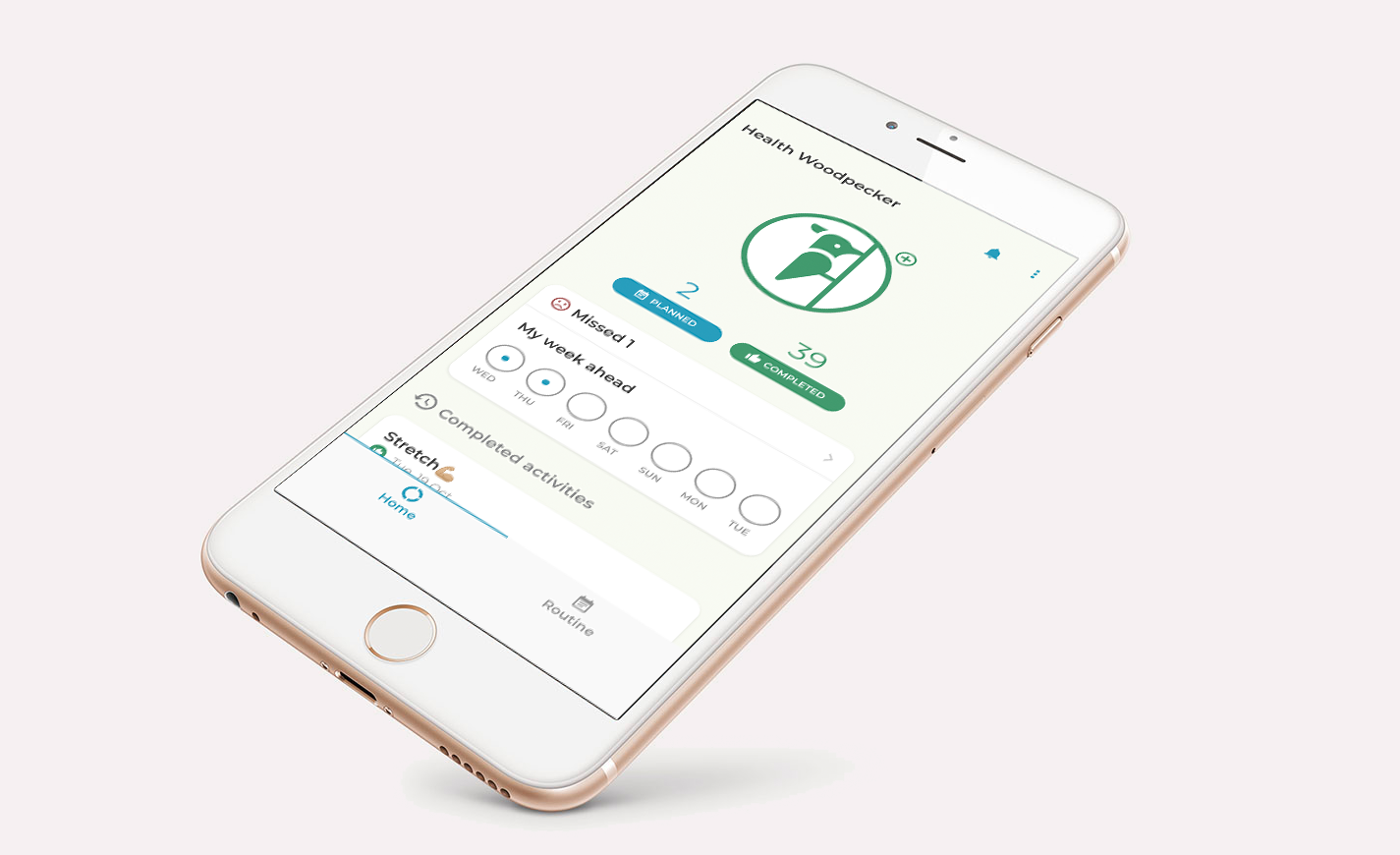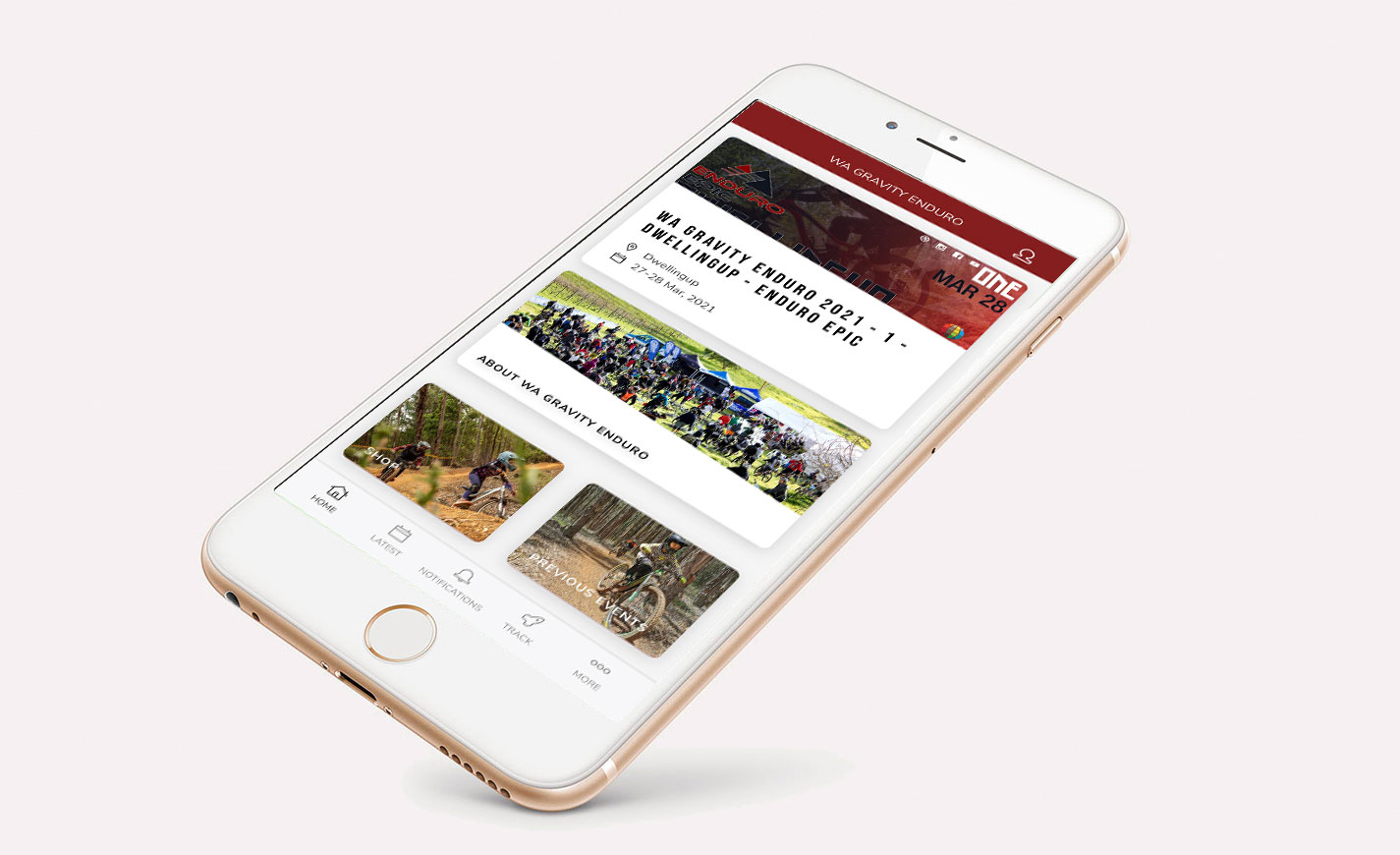Smartwatches go mainstream
Once viewed as a niche product, smartwatches are hugely popular, with Apple and Samsung leading the market. Smartwatch ownership among US adults doubled from 2016 to 2021. Developer demand for feature-packed smartwatch apps grows as smartwatches gain more advanced capabilities, from health tracking to contactless payments. Apps like calendars, messaging, nutrition tracking and more are essential smartwatch experiences. Offline support, glanceable interfaces, and quick interactions are crucial for smartwatch apps.
Fitness trackers get "smarter"
Basic fitness trackers have evolved into sophisticated wearable devices with sensors that track everything from sleep patterns to blood oxygen levels. Top brands like Fitbit, Garmin, and Amazon Halo pack features like heart rate monitoring, GPS, fall detection, temperature sensors, and much more. This opens opportunities for innovative health and wellness apps that leverage real-time data from fitness trackers. Apps that integrate with trackers to provide personalized insights and coaching are emerging.
Hearables take off
A new class of wearables worn in the ear – called hearables – is taking off. Hearables encompass wireless earbuds, hearing aids, and augmented reality glasses with built-in speakers. Voice assistant capability is increasingly built into hearables, fueling the demand for voice-controlled apps. Developers need to optimize apps for voice commands and hands-free experiences. Hearables also allow possibilities for customized audio experiences and spatial computing applications using 3D audio.
AR/VR headsets create immersive experiences
Augmented and virtual reality headsets are advancing rapidly, with Apple expected to release its first AR/VR headset soon. Developers can create incredibly immersive and interactive apps as these headsets become more powerful and multipurpose. Key opportunities include spatial computing apps, 3D visualization apps, training simulations, gaming, and more. Interface paradigms optimized for 3D interaction are crucial.
Wearables provide data for AI apps
The array of sensors in wearable devices generates valuable datasets for training AI algorithms and machine learning models. This data can power personalized, predictive apps across many domains. For instance, medical AI apps that utilize heart rate or sleep data for diagnostics and treatment recommendations. App developers must incorporate responsible data practices to build AI-powered wearable apps.
In summary, wearables open up exhilarating possibilities for developers to build innovative apps and experiences. Creating the wearable form factor requires rethinking the interface and interaction design principles. But as wearables become the next central computing platform, developing apps purpose-built for wearables will only grow in importance and that's what we specialise in here at Tinderhouse.
Need an app?
Get in touch with us to talk about how we help with create an app of your own or use our app price calculator to get a quote for your app.
